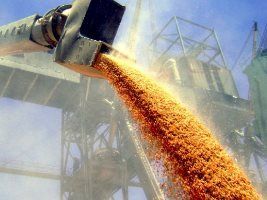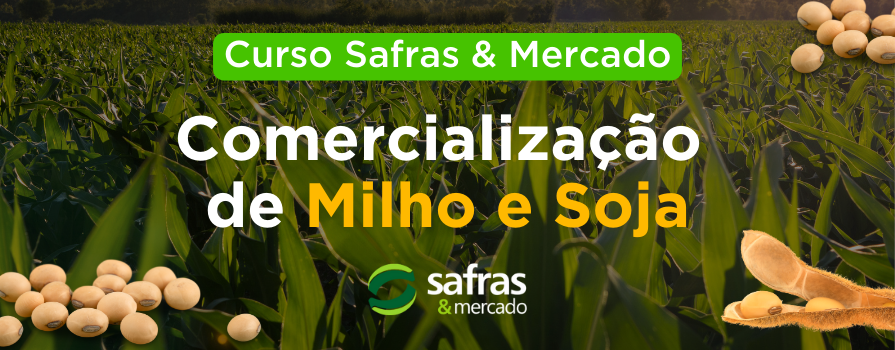
The expert points out that the Rio Grande do Sul harvest can be divided into three phases: The first part, harvested before the first rains, was wheat of excellent quality (FN and W above 280) and productivity reaching or exceeding 3,000kg/ha. The harvested volume was approximately 20% of the total planted area.
“The second part was harvested after the first rains, on the 28th, 29th, 30th and 31st of October, and estimated at 25%. From this harvested wheat, samples were sent for analysis, but there are no results yet; A very small, non-significant amount of wheat with PH 76 entered, nothing below that. And productivity remained high. The rain returned on 11/01 (Tuesday) at night and went away yesterday afternoon; It rained between 60mm and 100mm, varying from region to region. Damage can be seen in a small region”, assesses Pacheco.
The third phase concerns the remaining 55%, which have not yet been harvested. The T&F holder states that productivity is excellent, some exceeding 3,000 kg/ha and above the initial estimate (2,750 kg/ha). As a result, the planned initial volume of 2.2 million tons has been maintained.
“The increase in productivity is largely compensating for the small problems caused by lodging, hail and localized losses. As there are still no final results from the quality analyses, the market is waiting to find out whether the entire harvest can be used for milling or whether some part of it has lost its quality and will be traded as forage wheat”, says the analyst.










